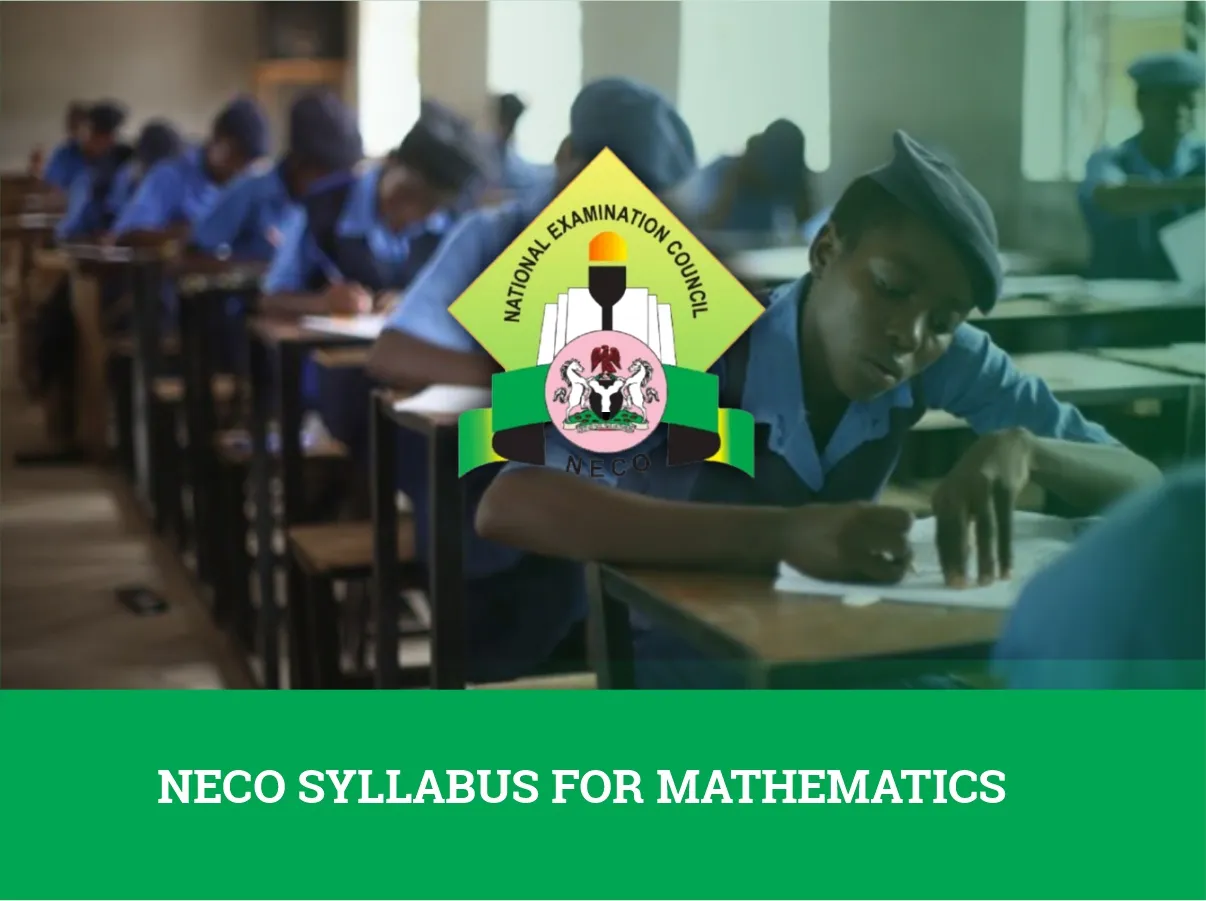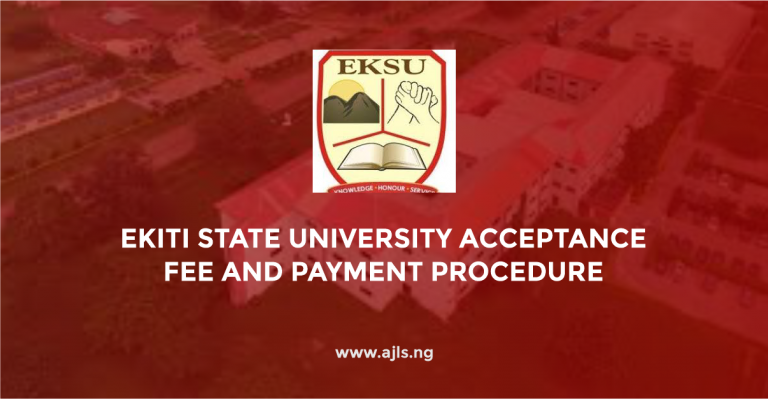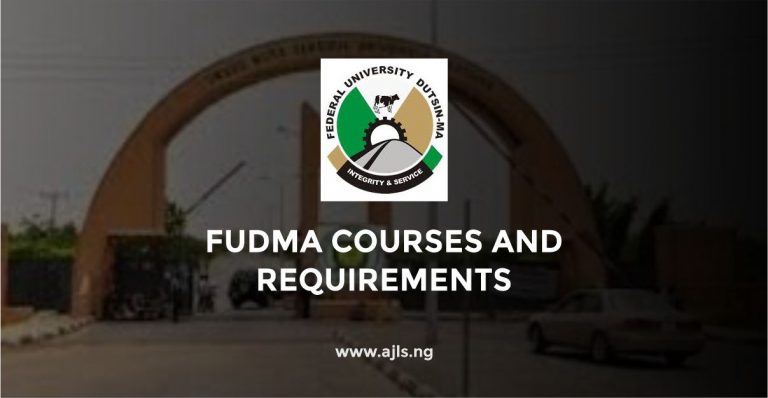NECO Syllabus For Mathematics 2025

The National Examination Council (NECO) has released the syllabus for Mathematics. This is an essential guide for candidates who have registered for the examination. Mathematics is a general examination, and a credit pass in this subject is required from all candidates.
To excel in the NECO Mathematics examination, students should adopt a strategic study plan that covers all the outlined topics. The NECO syllabus for Mathematics provides a clear roadmap for your NECO Mathematics preparation. Focusing on each main topic and its subtopics will ensure a comprehensive understanding of the syllabus.
By using the NECO syllabus for Mathematics in your examination preparation and adhering to the syllabus, candidates can build confidence and achieve success in their NECO Mathematics examination.
Outline of NECO Syllabus For Mathematics
Below is a comprehensive table outlining the NECO Mathematics syllabus, organized by major topics and their subtopics for clarity:
| Main Topic | Subtopics |
|---|---|
| 1. Number and Numeration | Number bases<br>- Modular arithmetic<br>- Fractions, decimals, approximations<br>- Indices and logarithms<br>- Surds<br>- Rational numbers<br>- Sequences and series<br>- Sets and Venn diagrams<br>- Logical reasoning<br>- Matrices and determinants<br>- Ratios, proportions, rates<br>- Percentages and financial arithmetic<br>- Variations |
| 2. Algebraic Processes | Algebraic expressions and operations<br>- Linear and quadratic equations<br>- Change of subject of formula<br>- Inequalities<br>- Algebraic fractions<br>- Functions and relations<br>- Polynomials and factorization<br>- Simultaneous equations<br>- Arithmetic and geometric progressions |
| 3. Mensuration | Lengths and perimeters<br>- Areas of plane figures<br>- Surface areas of solids<br>- Volumes of solids<br>- Longitudes and latitudes |
| 4. Plane Geometry | Angles and their properties<br>- Triangles and their properties<br>- Quadrilaterals and polygons<br>- Circles and their properties<br>- Construction and loci |
| 5. Trigonometry | Trigonometric ratios (sine, cosine, tangent)<br>- Angles of elevation and depression<br>- Bearings<br>- Graphs of trigonometric functions |
| 6. Introductory Calculus | Differentiation of algebraic functions<br>- Integration of simple algebraic functions |
| 7. Statistics and Probability | Data collection and presentation (tables, charts, graphs)<br>- Measures of central tendency (mean, median, mode)<br>- Measures of dispersion (range, variance, standard deviation)<br>- Probability concepts and calculations |
| 8. Vectors and Transformation | Vector representation and operations<br>- Transformation in the Cartesian plane (reflection, rotation, translation, enlargement) |
Examination Structure
The NECO Mathematics examination is structured into two main papers: Paper 1 and Paper 2, both of which are compulsory for candidates.
Paper 1 comprises fifty multiple-choice objective questions covering common areas of the syllabus. Candidates are allotted 1½ hours to complete this section, which carries a total of 50 marks.
Paper 2 consists of thirteen essay questions divided into two sections: Section A and Section B. Candidates are required to answer ten questions in total within 2½ hours, amounting to 100 marks.
Section A contains five compulsory elementary questions drawn from common areas of the syllabus, totaling 40 marks.
Section B comprises eight more challenging questions, with a maximum of two from parts of the syllabus not specific to candidates’ home countries. Candidates must answer five questions from this section, contributing 60 marks.
The overall assessment allocates 40% of the total marks to Paper 1 (objective section) and 60% to Paper 2 (theory section).
Conclusion
Excelling in the NECO Mathematics examination requires a strategic approach that combines consistent practice, a thorough understanding of mathematical concepts, and effective time management. By engaging with past questions, utilizing recommended textbooks, and focusing on areas of improvement, candidates can build the confidence and skills necessary to achieve outstanding results.





